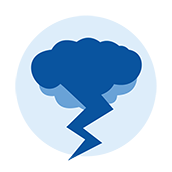What you can do to be ready for a storm
What you will find on here
What is a storm?

The information on this page is about being ready for if a storm happens.
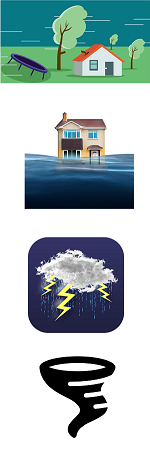
A storm is a period of very bad weather that includes things like:
- strong winds that can cause damage
- heavy rain that can cause floods
- rough seas which is when the waves are very unpredictable
- thunder and lightning
- tornadoes which are dangerous funnels of air that spin very fast.
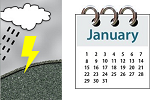
Storms can happen at any time of the year in New Zealand.
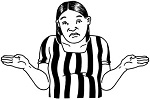
It is not possible to know exactly when a storm might happen.
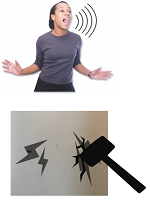
If a storm happens:
- it can cause a lot of damage
- it can put people in a lot of danger.
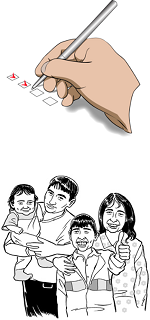
There are things we can do to:
- be ready if a storm happens
- protect ourselves
- protect our family / whānau.
Things you can do to be ready for a storm

The best way to get ready for if a storm happens is to make a plan.
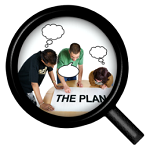
Having a plan will make it easier for you to know what to do if a storm happens.

It is important to practise what you will do in a storm so you can act quickly to keep yourself safe if it happens.
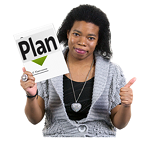
Practise is when you do something many times so that you can get good at doing it.
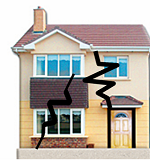
It is possible that a storm could damage your property.
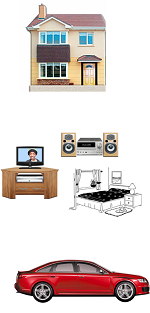
Your property could be things like:
- the outside of your house
- things inside your house
- your car
- things in your garden such as sheds.

Strong winds can:
- lift heavy objects off the ground
- throw heavy objects around which can damage things they hit.

Any object that is not fixed in place can be a risk in a storm such as:
- trampolines
- garden tools
- plant pots
- patio / outdoor furniture like tables and chairs.

You should make sure you tie down your trampoline if you have one.
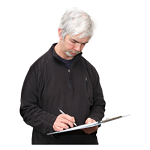
You should make a list of anything a strong wind could pick up so you remember to:
- bring it inside
- secure / tie it down.
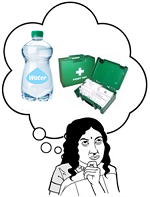
You should make sure you keep up to date with your weather forecast so you know if any strong winds are likely.
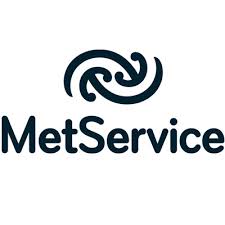
You can find weather reports on the MetService website at:
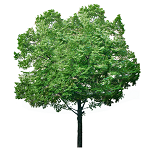
You should check your property for any tree branches that could get snapped off by strong winds.

Tree branches can cause a lot of damage if they get blown into things.

If you have house insurance you should make sure it is up to date.

Having insurance is when you pay money to an insurance company so that they will assist you if something goes wrong.
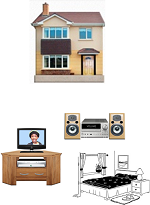
You should make sure you have insurance for:
- your home
- the things you have inside your home known as contents.
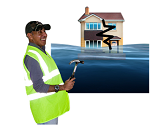
Having insurance will help you get things fixed quicker if your house is damaged by a storm.
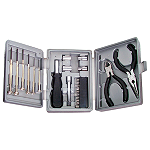
It is a good idea to get some supplies that will help make your house safer in a storm.

Supplies could be things like:
- tools you can use to make repairs
- sheets of tarpaulin / wooden boards to cover broken windows
- duct tape to secure things.

Supplies can also be things like:
- a stock of bottled water for everyone in your house
- a cupboard stocked with food
- a first aid kit.

First aid is when you give medical help to someone who is injured so you can:
- save the life of that person
- prevent their injury from getting worse.

You should know where in your house is the safest place to shelter when a storm happens.

Your safe place should be well away from anything that could break in a strong wind such as:
- windows
- skylights
- glass doors.

If you have any animals where you live you should move them to a safe place during a storm.

Animals can be at risk of being struck by lightning during a storm.

To keep animals safe you should keep them away from:
- water caused by floods
- landslides
- power lines for electricity
- trees that stand on their own.
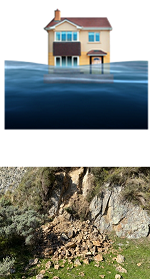
Storms can cause other emergencies to happen such as:
- floods
- landslides.
Severe weather warnings

The New Zealand MetService sends alerts to warn people about severe weather.

Severe means very bad.

These alerts tell people how dangerous the weather is likely to be.

The different types of alerts are:
- outlooks
- watches
- warnings
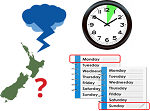
Outlooks
Outlooks give people notice that bad weather is likely to come in the next 3 to 6 days.

Outlooks cannot usually say for certain:
- what might happen
- where the weather will be the worst.

If an outlook affects where you are you should:
- listen to the weather forecast
- be ready to act.

Watches
Watches are used when severe weather is possible.
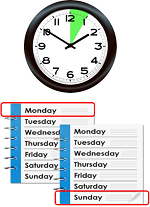
Watches are used when bad weather is not likely to happen straight away.

If you know a watch is in place you should:
- listen to the weather forecast
- be ready to act if bad weather arrives.
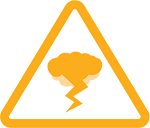
Orange warnings
Orange warnings are the most common severe weather warnings.

Orange warnings are used when the weather is bad enough that the MetService says it is severe.

This kind of weather could be things like:
- heavy rain / snow
- strong winds.
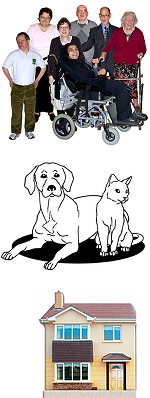
An orange warning means:
- you need to be ready to take action
- there may be a risk to:
- people
- animals
- property.
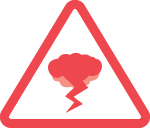
Red warnings
Red warnings are used for extreme / really bad weather events that are likely to:
- have a big impact on people
- cause a lot of disruption.

This kind of weather could be things like:
- very heavy rain / snow
- very strong winds.

A red warning means that you need to take action straight away.
You need to take action to protect:
- people
- animals
- property.
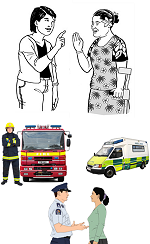
You should be ready to follow advice from:
- official authorities
- emergency services.
What to do if you think a storm is going to happen
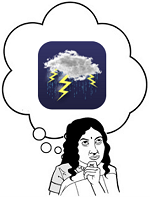
If you think a storm is going to happen there are things you can do to keep yourself safe.
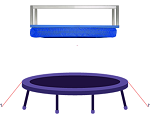
If you have a trampoline it is a good idea to:
- turn it upside down so the wind cannot pick it up
- tie it down so it cannot move around your garden.

Anything that is not fixed in place can be very dangerous in a strong wind.
You should move anything that could be picked up by a strong wind.
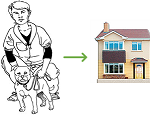
You should bring any pets inside the house so they do not get scared by the storm.
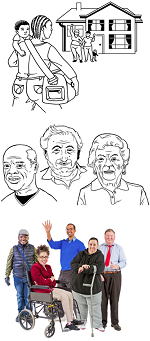
You should check on anyone you think might need your support such as:
- your neighbours
- older / disabled whānau
- anyone else who might need your support.
What to do during a storm

It is important to remember that storms can be very dangerous.
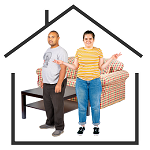
When a storm happens you should:
- go inside
- stay inside.

Do not walk around in the middle of a storm.

You should not drive anywhere unless you really have to.
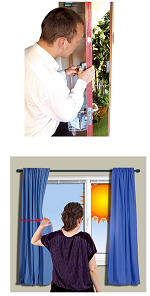
If a storm happens when you are inside your house you should:
- close all the doors
- close all the windows
- pull curtains / blinds over the windows.
Doing this can stop you from getting hurt by broken glass if the window breaks.

It is important to keep up with any information.

Places you might find information include:
- your local radio station
- groups on the internet such as your local Civil Defence Emergency Management Group.
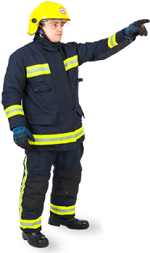
You should make sure you follow any instructions given to you by emergency services.
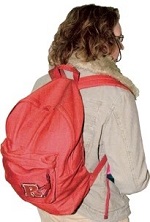
You should have your grab bag ready in case you need to evacuate.
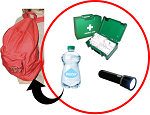
A grab bag is a small backpack of essential items you can take with you if you need to get away from danger very quickly.

Evacuate means to get to a safe place away from danger.
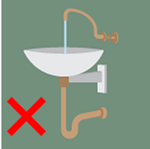
Metal pipes can be dangerous in a storm because lightning can travel through them if it hits them.
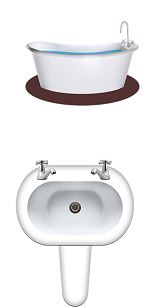
During a storm you should keep away from:
- bathtubs
- taps
- sinks.

You should use water from your emergency supplies.

You should unplug any items that might be affected by electrical power surges.

If you lose electrical power you should unplug all appliances so they do not get damaged when the power is restored.
What to do in a snowstorm
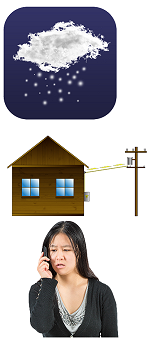
A snowstorm can cause you to lose:
- your usual source of heating
- electrical power
- telephone services.

Some snowstorms can go on for more than 1 day which might affect the supplies you have.
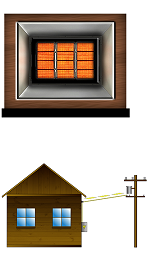
If you live in a place that is at risk of snowstorms you should make sure you have more than 1 source of:
- heating
- power.
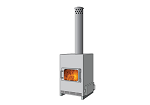
These could be things like:
- gas heaters
- woodburners
- generators that can create electrical power.

You should make sure you follow any weather information from the MetService such as warnings about heavy snowfall.

You should not leave your home during a snow warning unless you cannot avoid doing so.

If you must travel during a snow warning you should make sure you are well prepared.
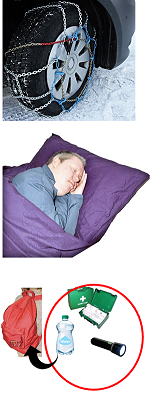
You should make sure you have supplies with you such as:
- snow chains for your tyres
- sleeping bags / blankets
- warm clothing
- essential emergency items such as things you might put in your grab bag.

If you are in your vehicle when a snowstorm happens you should stay inside.
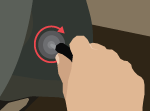
You should keep warm by turning on the engine every 10 minutes.

You should make sure that you:
- drink plenty of fluids
- open the vehicle windows slightly.
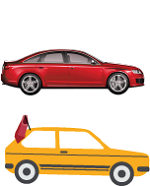
You should also make sure that you can be easily seen by anyone who might rescue you by:
- keeping the inside light on
- tying a brightly coloured piece of cloth to your:
- radio aerial
- outside door handle.
What to do in a tornado

Sometimes a thunderstorm can cause a tornado.
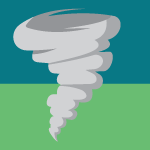
A tornado is a column of air that spins around very fast.
A tornado reaches down to the ground from a thunderstorm in the shape of a funnel.

Warning signs for tornadoes include:
- a long continuous roaring / rumbling sound
- a cloud of debris that:
- moves very fast
- might be funnel shaped.

If you see a tornado funnel nearby you should:
- find shelter / somewhere safe to stay straight away
- alert others to the danger if you can.

The best place to shelter is a room with no windows / doors to the outside such as a basement.
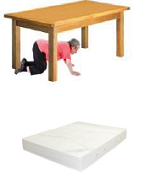
You should:
- get underneath a piece of sturdy furniture
- cover yourself with a mattress or blanket.
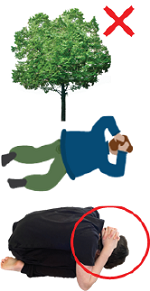
If you are caught outside when you see a tornado you should:
- get away from any trees if you can
- lie down flat in a nearby low place such as a gully / ditch
- protect your head with your hands / arms.

If you are in your car when you see a tornado you should:
- get out straight away
- look for a safe place to shelter.

You should never:
- try to outrun a tornado
- get under your car for shelter.
What to do after a storm

After a storm has passed it is important to keep up with any information.

Places you can find information include:
- your local radio station
- groups on the internet such as your local Civil Defence Emergency Management Group.
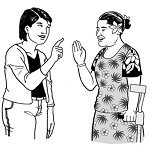
They will tell you what to do next.

You should check yourself for injuries and get first aid if needed.

You should make sure you are ready for any more possible dangers such as:
- heavy rain
- flooding
- landslides.
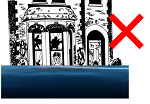
You should stay away from any areas that have been damaged by the storm.
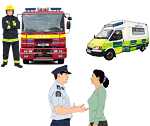
This is to make sure you:
- keep yourself safe
- do not get in the way of the emergency services.

If it is safe to do so you should check on people nearby who might need your help such as:
- your neighbours
- older / disabled whānau
- anyone else who might need your support.
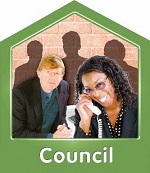
If your house has been badly damaged by a storm you should contact your local council for support.
What to do if your property is damaged by a storm

It is possible that a storm could damage your property.
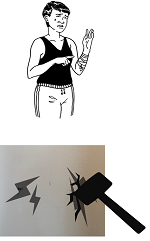
If your property is damaged by a storm you should not do anything that:
- could put you in danger
- could cause more damage to your property.

If you have insurance you should tell the insurance company about the damage the storm has done as soon as possible.

If you rent your home you should tell your landlord about the damage as soon as possible.

You should take photos of any damage caused by a storm.

Having photos will mean that the insurance company can look at your insurance claim much faster.
What to do in an emergency
There are a lot of hazards in New Zealand. A hazard is something that can cause danger or put people at risk.



